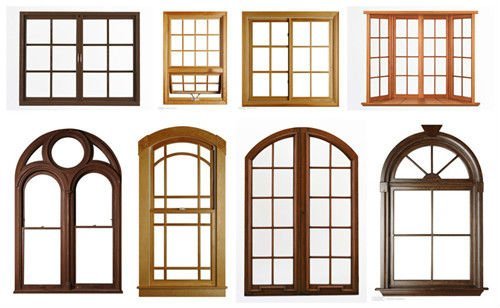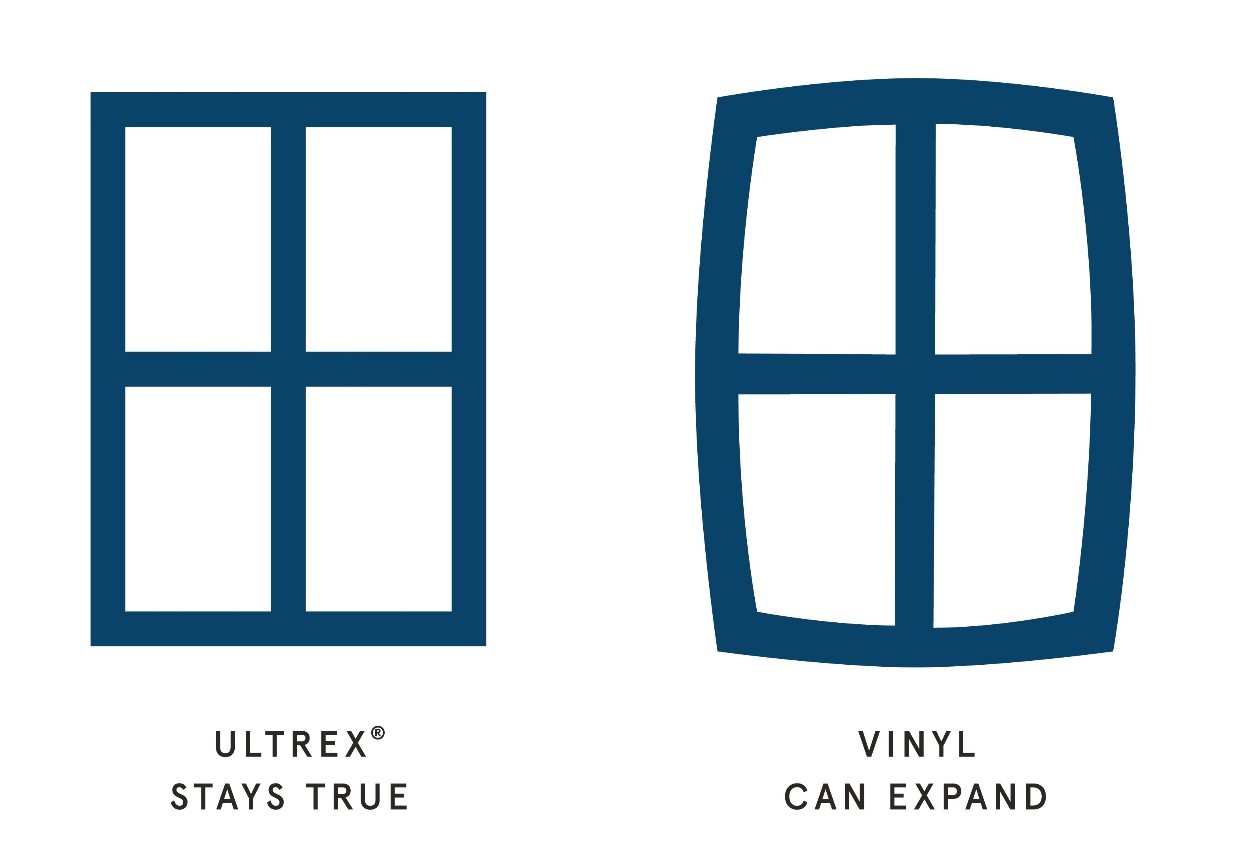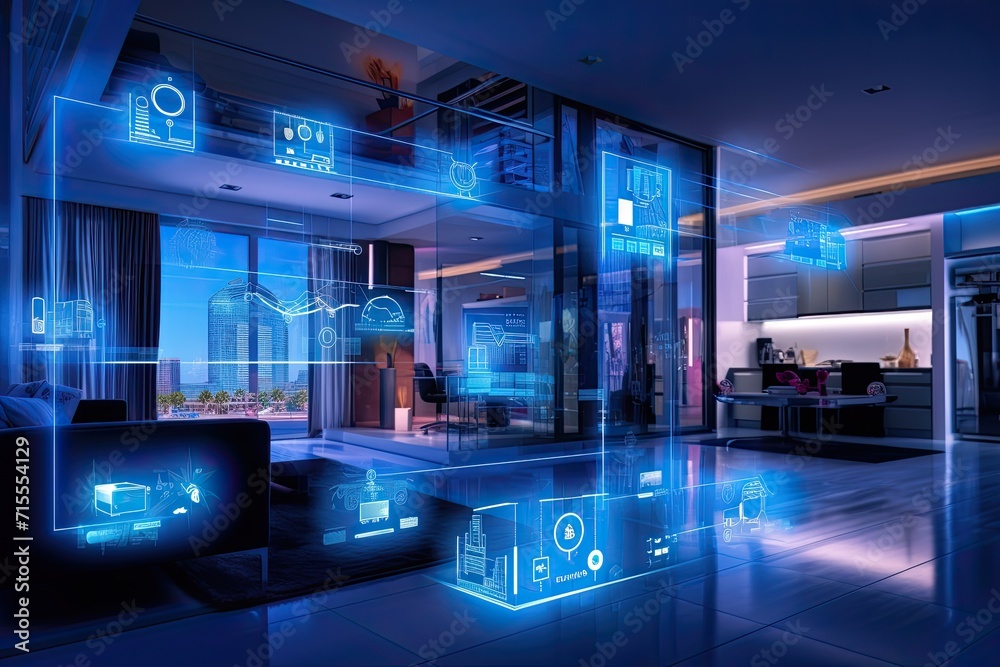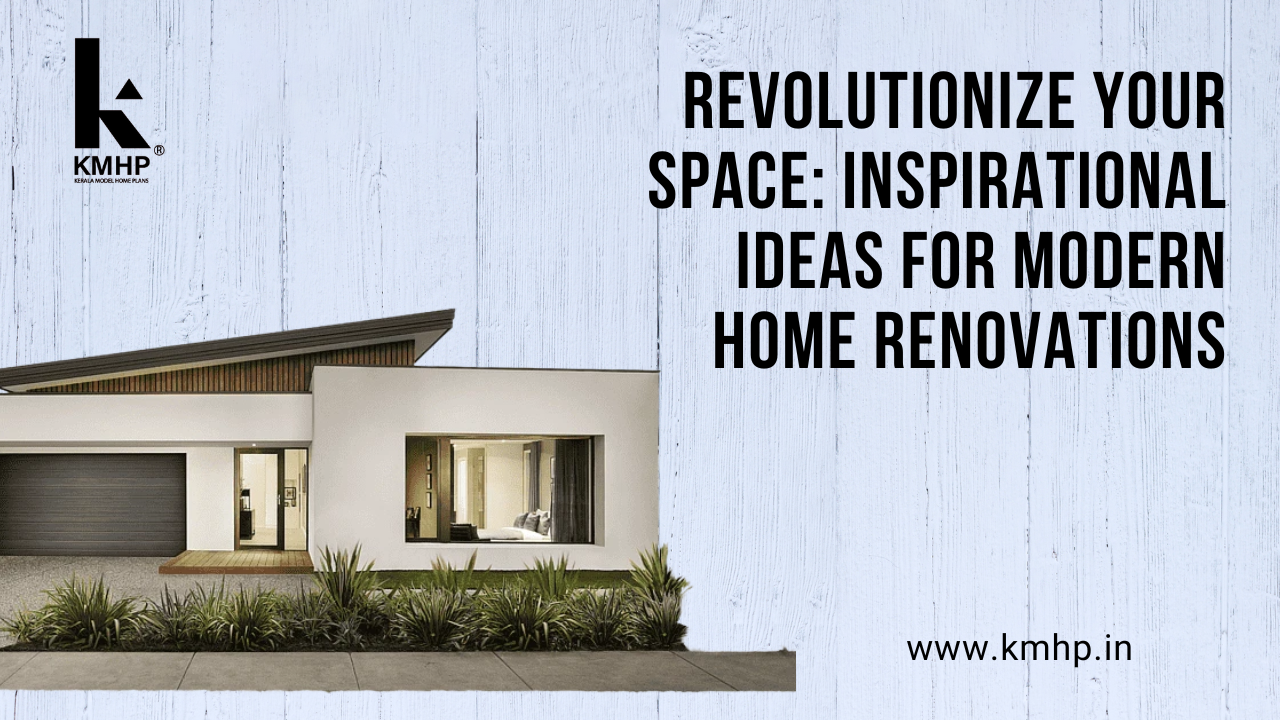Window and Door Material Choices: A Comprehensive Guide
Choosing the right window and door material choices is a crucial decision in any home improvement project. The materials you select will significantly impact your home’s aesthetic appeal, energy efficiency, security, maintenance requirements, and overall lifespan. At cartlab.web.id, we understand the importance of informed decision-making, and this comprehensive guide will equip you with the knowledge to make the best choice for your needs. Whether you’re building a new home, undergoing a renovation, or simply replacing outdated windows and doors, understanding the pros and cons of each material is paramount. We’ll delve into the specifics of each option, helping you navigate the complexities of this important choice.

Wood: Timeless Elegance and Natural Beauty

Wood remains a classic choice for windows and doors, offering unmatched aesthetic appeal. Its natural beauty enhances any home’s architectural style, from rustic charm to modern elegance. However, the type of wood significantly impacts durability and maintenance. Hardwoods like oak, mahogany, and cherry are exceptionally durable and resistant to rot and warping, but they come with a higher price tag. Softwoods such as pine and fir are more affordable but require more frequent maintenance to prevent damage from moisture and insects.
Advantages of Wood:
- Aesthetic Appeal: Unmatched natural beauty and versatility in styles and finishes.
- Insulation: Excellent natural insulator, contributing to energy efficiency.
- Customization: Highly customizable in terms of size, shape, and design.
Disadvantages of Wood:
- Maintenance: Requires regular painting or staining to protect against rot, insects, and weathering.
- Cost: Hardwoods can be expensive, especially for large windows or doors.
- Susceptibility to Damage: Prone to warping, rotting, and insect infestation if not properly maintained.
Vinyl: Low-Maintenance and Affordable Durability

Vinyl windows and doors have gained immense popularity due to their affordability and low maintenance requirements. They are manufactured from polyvinyl chloride (PVC), a durable and weather-resistant material. Vinyl is resistant to rot, warping, and insect damage, making it a practical choice for homeowners seeking a long-lasting, hassle-free option. Furthermore, vinyl windows and doors are available in a wide range of colors and styles, offering considerable design flexibility.
Advantages of Vinyl:
- Low Maintenance: Requires minimal upkeep; simply clean with soap and water.
- Affordability: Generally less expensive than wood or fiberglass.
- Durability: Resistant to rot, warping, and insect damage.
- Energy Efficiency: Many vinyl windows and doors are designed with energy-efficient features.
Disadvantages of Vinyl:
- Aesthetic Limitations: May not offer the same aesthetic appeal as wood.
- Expansion and Contraction: Can expand and contract with temperature changes, potentially leading to issues with seals.
- Repair Challenges: Difficult to repair if damaged; often require complete replacement.
Fiberglass: Strength, Durability, and Energy Efficiency

Fiberglass is a strong, durable, and energy-efficient material increasingly popular for windows and doors. It offers excellent insulation properties, rivaling or surpassing wood in some cases. Fiberglass is highly resistant to warping, cracking, and rotting, making it a low-maintenance option with a long lifespan. Its strength also makes it a secure choice, providing excellent resistance to forced entry. While more expensive than vinyl, fiberglass offers a superior balance of durability, energy efficiency, and aesthetics.
Advantages of Fiberglass:
- High Strength and Durability: Highly resistant to damage and deterioration.
- Excellent Insulation: Provides superior energy efficiency.
- Low Maintenance: Requires minimal upkeep.
- Security: Offers enhanced security due to its strength.
Disadvantages of Fiberglass:
- Cost: More expensive than vinyl, though generally less than high-end wood.
- Limited Color Options: Fewer color choices compared to vinyl.
- Repair Challenges: Repairing damaged fiberglass can be challenging and may require professional assistance.
Aluminum: Sleek, Modern Aesthetics and Durability

Aluminum is a lightweight yet durable material often used in contemporary architectural designs. Its sleek, modern aesthetic makes it a popular choice for modern homes and commercial buildings. Aluminum is resistant to corrosion and requires minimal maintenance. However, aluminum is not as energy-efficient as wood or fiberglass, as it conducts heat more readily. This is often mitigated by using thermal breaks in the frame construction.
Advantages of Aluminum:
- Sleek and Modern Aesthetics: Provides a clean, contemporary look.
- Durability and Corrosion Resistance: Resistant to rust and decay.
- Low Maintenance: Requires minimal cleaning.
- Strength: Relatively strong and secure.
Disadvantages of Aluminum:
- Heat Conductivity: Conducts heat readily, impacting energy efficiency unless thermal breaks are used.
- Potential for Denting: Can be dented or scratched more easily than other materials.
- Aesthetic Limitations: May not suit all architectural styles.
Composite Materials: Blending the Best of Different Worlds

Composite materials combine the advantages of different materials, often wood and fiberglass or wood and PVC, to create a product with enhanced properties. These materials offer a balance of aesthetics, durability, and energy efficiency. They often mimic the look of wood but with improved resistance to weather damage and reduced maintenance requirements. The specific properties of a composite material depend on the blend of materials used.
Advantages of Composite Materials:
- Aesthetic Versatility: Can mimic the appearance of wood while offering superior durability.
- Improved Durability: Resistant to rot, warping, and insect damage.
- Enhanced Energy Efficiency: Often provides excellent insulation.
Disadvantages of Composite Materials:
- Cost: Can be more expensive than vinyl but less than high-end wood.
- Repair Complexity: Repairs can be more complex than with other materials.
- Limited Availability: May not be as widely available as other materials.
Choosing the right window and door material choices depends on your individual needs, budget, and aesthetic preferences. Consider the factors discussed above to make an informed decision. If you’re planning a larger home improvement project, you might also want to consider factors like your garage and driveway design (cartlab.web.id/garage-and-driveway-design-guide) and overall garden and landscape design (cartlab.web.id/garden-and-landscape-design-creating-outdoor-paradises) to ensure a cohesive and stylish outcome. For more information on interior design elements, a guide to flooring types and trends (cartlab.web.id/flooring-types-and-trends-a-complete-guide) could also prove useful. Remember to consult with a qualified professional for personalized advice and accurate measurements.
External Authority Links:
- Energy Star website on window ratings – for energy efficiency information.
- National Fenestration Rating Council (NFRC) – for window and door performance data.
- A reputable home improvement website with articles on windows and doors – for additional information and advice.
Remember to always consult with professionals for specific advice tailored to your project and local building codes. For a more detailed exploration of the topic, visit our comprehensive guide: Window and Door Material Choices: A Comprehensive Guide





Comments